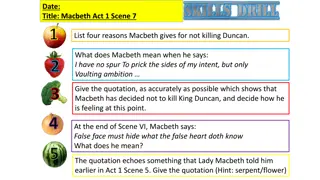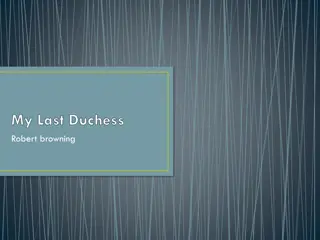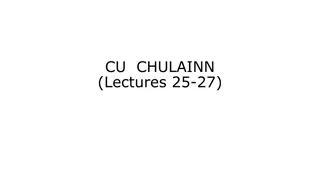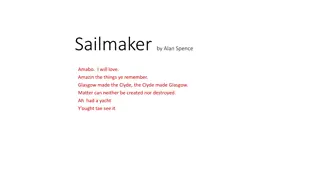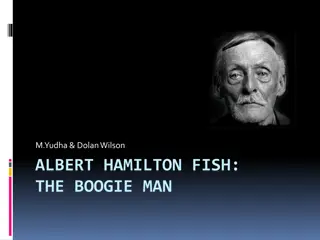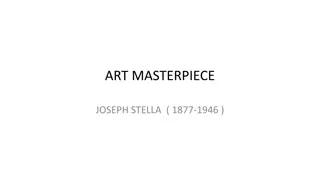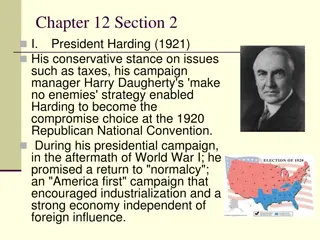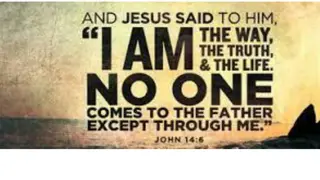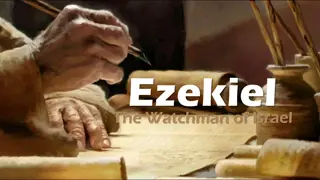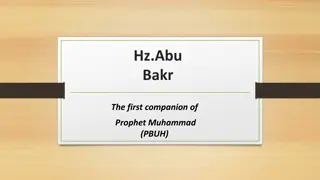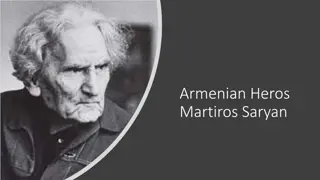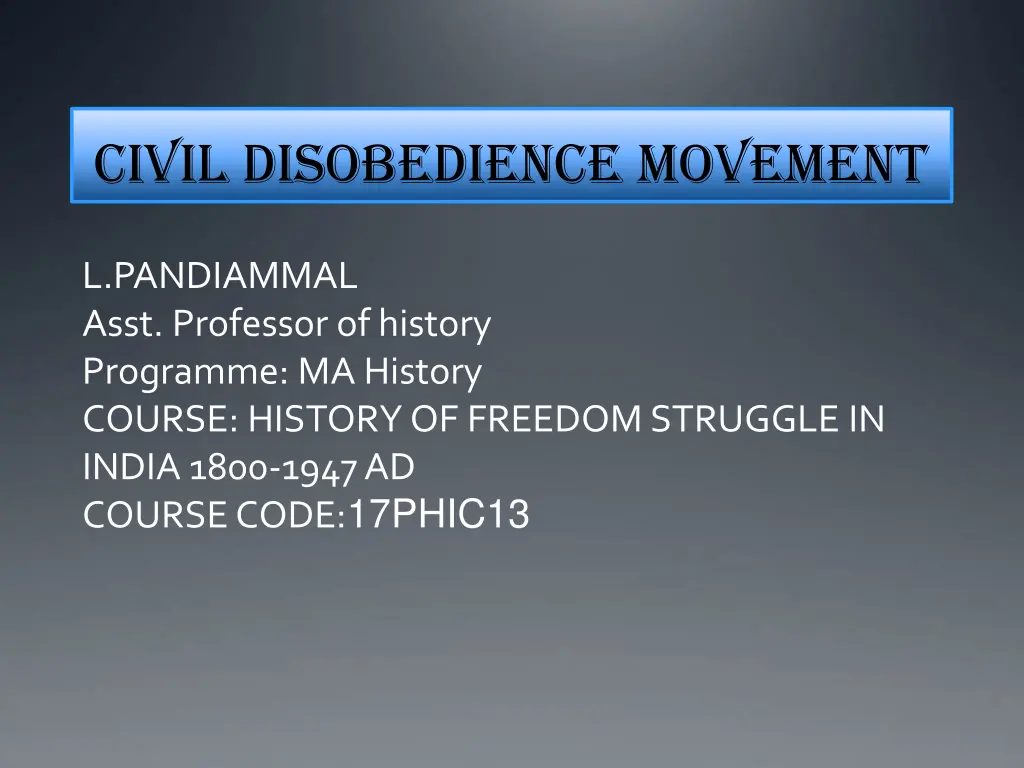
Civil Disobedience Movement in India: History, Strategies, and Impact
Explore the Civil Disobedience Movement in India from 1800-1947, led by figures like Gandhi, and learn about passive resistance tactics, rules, and significant events that shaped India's freedom struggle against British colonial rule.
Download Presentation

Please find below an Image/Link to download the presentation.
The content on the website is provided AS IS for your information and personal use only. It may not be sold, licensed, or shared on other websites without obtaining consent from the author. If you encounter any issues during the download, it is possible that the publisher has removed the file from their server.
You are allowed to download the files provided on this website for personal or commercial use, subject to the condition that they are used lawfully. All files are the property of their respective owners.
The content on the website is provided AS IS for your information and personal use only. It may not be sold, licensed, or shared on other websites without obtaining consent from the author.
E N D
Presentation Transcript
CIVIL DISOBEDIENCE MOVEMENT L.PANDIAMMAL Asst. Professor of history Programme: MA History COURSE: HISTORY OF FREEDOM STRUGGLE IN INDIA 1800-1947 AD COURSE CODE:17PHIC13
Civil Disobedience Throughout history native peoples have tried armed resistance against imperialist forces and time and again the native peoples were defeated. Civil Disobedience: People demonstrate their unhappiness with authority by challenging the authority in a civilized manner without resisting officers of the law.
Rules for Civil Disobedience 1) You must be sure that your position is morally superior to that which you oppose. 2) You must be certain that your opponent, despite their actions, supports the same morality that you do. 3) You must be 100% committed to your action. 4) You must be willing to suffer for your convictions. 5) You must be ready to accept the consequences of your actions.
Forms of Passive Resistance Letter Writing, Campaigns and Petitions Hunger Strikes Economic Boycotts Marches and Rallies Civil Disobedience tries to defeat the morality of your opponent by appealing to his or her conscience.
Passive Resistance The British force Indians to buy only British clothing. Gandhi leads a movement of Indians who spin their own cloth at home circumventing the British law. Gandhi is arrested and only released after a lengthy hunger strike. RESULT: Britain changes the law.
Passive Resistance The British passes making all Indian industry illegal. Ex. All Indians must buy Salt manufactured in England. Gandhi leads a march to the sea where Indians make sea salt. Gandhi is arrested and only released after a lengthy hunger strike. RESULT: Britain changes the law.
SALT SATYAGHAHA THE CONGRESS WORKING COMMITTEE THAT MET AT SABARAMATHI FROM 14THTO 16THFEBRUARY 1930 VESTED GANDHI WITH FULL POWERS TO START THE CIVIL DISOBEDIENCE MOVEMENTS. GANDHI FOUND THE TIME WAS RIPES AND THE IRON WAS HOT. HE ANNOUNCED HIS DECISION TO OPEN HIS CAMPAIGN BY OPPOSING THE SALT ACT.
DANDI MARCH IN 1930 GANDHI AND HIS 78 CHOSEN DISIPLES COMMENCED THEIR HISTORIC DANDI MARCH WITH A SOLEMN VOW TO BREAK THE SALT LAW. DANDI WAS 385 K.M AWAY FROM SABARMATI IT LAST OF 24 DAYS
BOYCOTT OF FOREIGN CLOTHS IN BOMBAY , THE BOYCOTT OF FORGIN CLOTHS FOUND STRONG SUPPORTS . IN TAMILNADU THE AGITATIONS SPREAD TO THE INTERIOR DISTICTS
FIRST ROUND TABLE CONFERENCE 1930-31 IN THE MIDST OF THE CIVIL DISOBEDIENCES MOVEMENT OF THE FIRST ROUND TABLE CONFERENCE WAS IN JAIL AND LONDON FROM 12THNOVEMBER 1930 TO 19TH JANUARY 1931 GANDHI-IRWIN PACT,1931
SECOND ROUND TABLE CONFRENCE 1931 THE SECOUND ROUND TABLE CONFRENECE OPENED ON 7THSEPTEMBER 1931. GANDHI REACHED LONDON ON THE 12THSEPTEMBER ,FIVE DAYS BEGINDS THE SCHEDULE. IN ALL, 107 DELEGATES ATTENED THE CONFERENCE.
COMMUNAL AWARDS 1932 AS THE DISOBEDIENCE MOVEMENTS WAS IN THE PROGRESS THE BRITISH PRIME MINISTER RAMSAY MAC DONALD ANNONCED HIS COMMUNAL AWARD ON 17TH AUGUST 1932 POONA PACT,1932
THIRED ROUND TABLE CONFERENCE 1932 AS INDIAN WERE PREOCCUPIED WITH FINDING OUT AN AGREED SOLUTION TO THE COMMUNAL COMPLICATION , THE BRITISH GOVERNMENT CALLED FOR THE THIRED ROUND TABLE CONFERENCE. IT LASTED FROM 17THNOVEMBER TO 24TH DECEMBER 1932.
CONCLUSION GANDHI ATARTED THE CIVIL DISOBEDIENCE MOVEMENT AS A FIGHT TO THE FINISH BUT IT ENDED UNFINISHED . TRUE THE SALT SATYAGRAHA DEVELOPED INTO A MASS MOVEMENT AND ENVELOPED THE ENTIRE COUNTRY THOUGH ITS SUCCESS WAS QULIFIED



